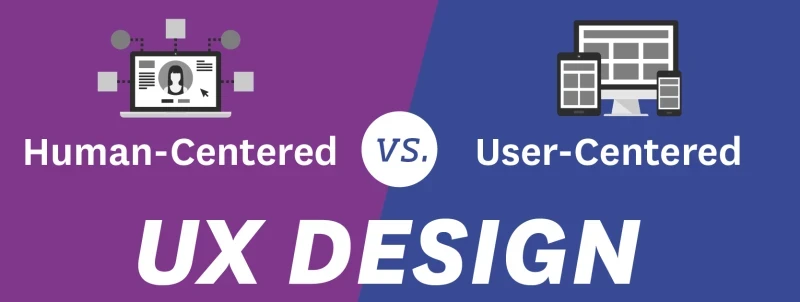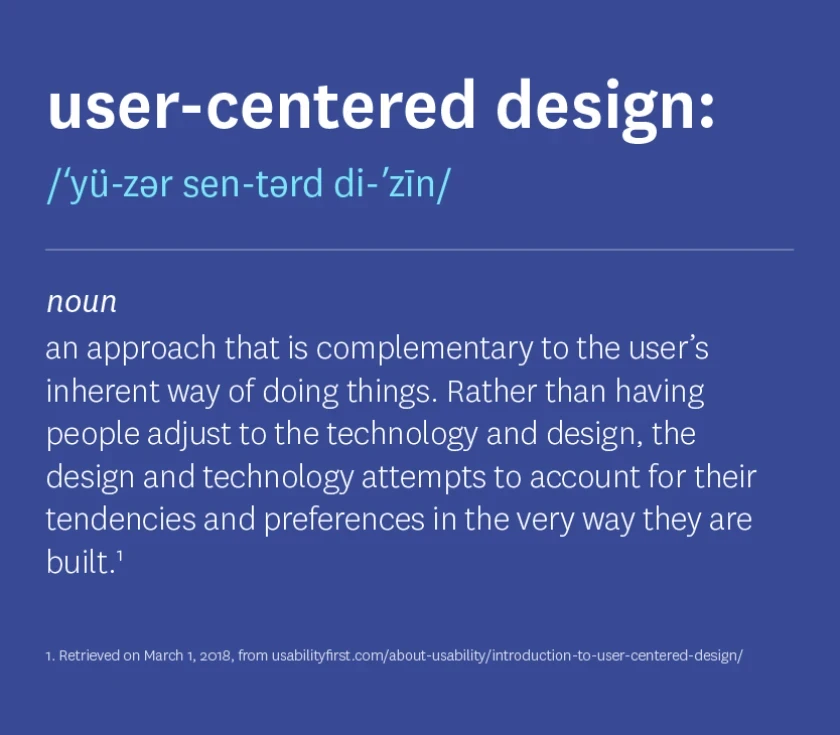Exploring the Ways Design Interacts With People
Today’s interactive designers are tasked with consistently achieving something more than aesthetically striking creative. In today’s marketplace, digital media is king—and the evolving need for digital marketing is far more complex than that of more traditional marketing channels. Designers must consider the different journeys being undertaken by those for whom they are designing. They must design with the knowledge that 30 percent of all commerce is conducted on a mobile phone and let the platform a person may be using inform their work.1
As recently as 2016, roughly 35 percent of marketing funds were spent on digital buys.2 For 2018, that number is expected to grow to 41 percent and reach 45 percent by 2020.3 These statistics speak volumes. They suggest the need for a more well-considered design process that focuses on the user’s experience over his or her aesthetic preferences.
With this in mind, what exactly does it mean to design from a more human- or user-centered perspective? Below, we’ll lay out the definitions of both user-centered and human-centered design and discuss the ways they’re improving design through a more inclusive and experiential mindset.
Human Vs. User
Many discussions surrounding user experience (UX) design regard “human-centered” and “user-centered” design as essentially interchangeable. However, for the purpose of clarity, we will define both and briefly explore their differences.
Two Sides of the Same Coin
Though the terms “user” and “human” are often used separately when referring to design strategies, they are closely related and not mutually exclusive. In some scenarios, user-centric and human-centric design could be the same thing: Both are focused on providing the end user (or human) with a design that’s beneficial to his or her life.
In other circumstances, it appears that user-centric and human-centric design could differ slightly. For example, user-centric design could be taken as a less emotionally empathetic approach, focused primarily on the tangible, physiological ways users interact with a platform, whereas human-centric design incorporates their emotional or psychological preferences as well.
Either way, applying user- or human-centric design in your process as a UX designer should significantly open up your thinking and improve your outcomes. As advertising, marketing and overall brand interaction becomes increasingly digital, the need for user- and human-centered approaches to design—ones that actually incorporate and consider the preferences and feelings of the people who will be interacting with digital interfaces—will be absolutely critical.
Sources:
- Retrieved on March 1, 2018, from hubspot.com/marketing-statistics
- Retrieved on March 1, 2018, from snapagency.com/blog/how-much-spend-digital-marketing
- Retrieved on March 1, 2018, from webstrategiesinc.com/blog/how-much-budget-for-online-marketing-in-2014







